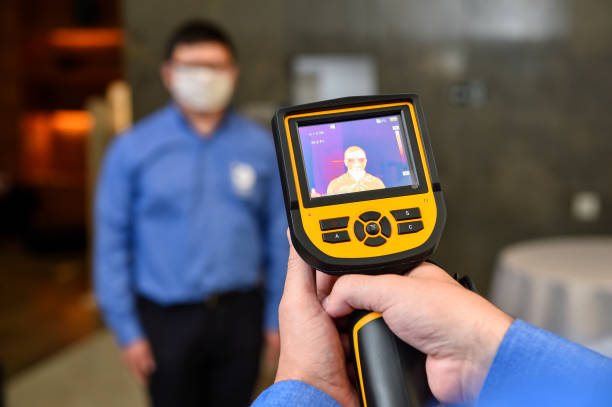A recent review from the University of Georgia highlights the potential of new temperature-measuring technologies to address growing agricultural challenges caused by climate fluctuations.
Proper maintenance of temperature, humidity, and light is essential to prevent the spoilage of fruits and vegetables, with temperature spikes being a primary cause of deterioration.
The study’s lead author, Kevin Mis Solval, an associate professor at UGA’s College of Agricultural and Environmental Sciences, emphasizes the importance of accurate temperature measurement in food processing.
Traditional thermometers often fail to provide practical and timely readings, which can lead to significant losses in produce quality.
Thermal imaging technology offers a solution by allowing for rapid, non-contact temperature assessments through the collection of infrared radiation from crops.
This innovative approach can replace conventional methods that require physical contact, which not only risks damaging the produce but also increases the chances of cross-contamination.

As Mis Solval notes, a swift cooling process is critical immediately after harvesting to extend the shelf life of fresh produce.
For instance, some leafy greens must be cooled right after picking, making rapid temperature measurement essential.
With the increasing threat of extreme weather conditions, such as intense solar rays and drought stress, thermal imaging could become a vital tool for farmers and food processors.
The technology is not only cost-effective but also has the potential for automation in the future, further enhancing preharvest and postharvest processes.
As produce quality directly impacts consumer experience, ensuring that fruits and vegetables meet quality standards is crucial. Items that fail to meet these criteria may be discarded, ultimately affecting supply chains.
This study, co-authored by experts from UGA’s Department of Food Science and Technology, aims to ensure that quality produce reaches consumers, potentially reducing food waste and enhancing market availability.
Funded by the Center for Produce Safety and published in *Scientia Horticulturae*, the review positions thermal imaging technology as a game changer in produce quality control.

